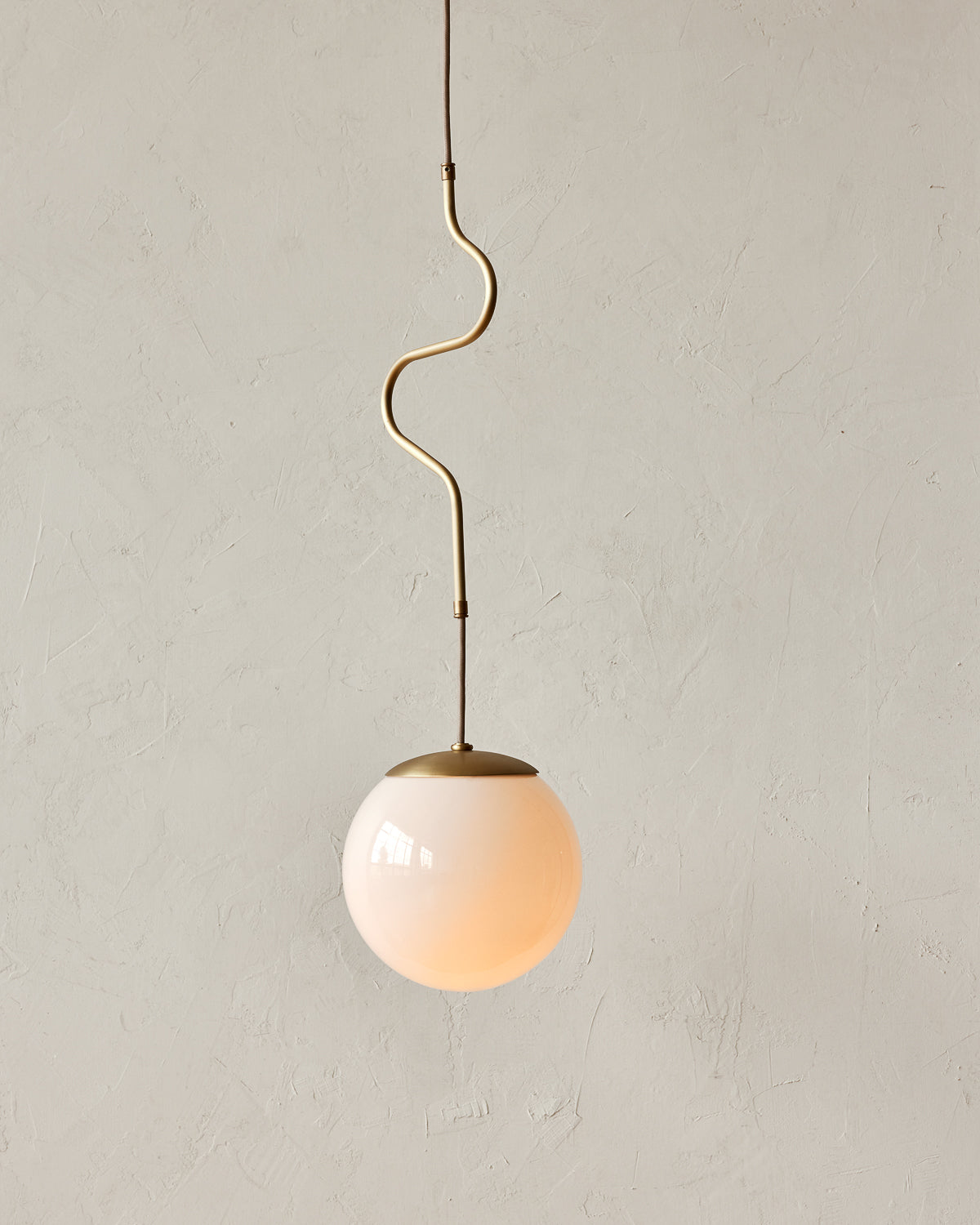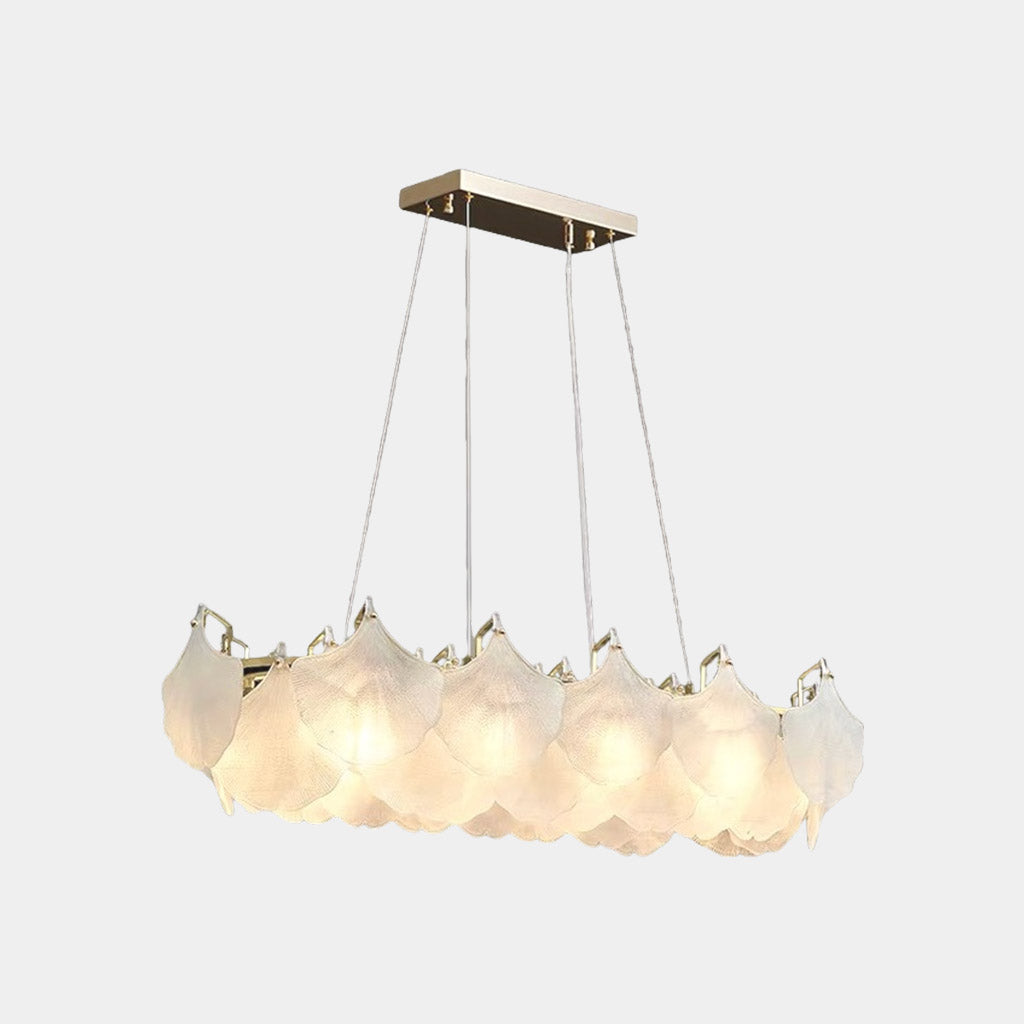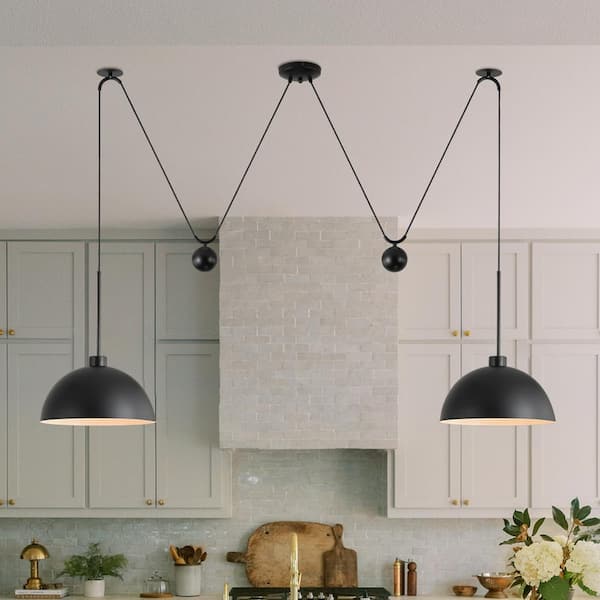A Comprehensive Overview to Putting Up and Maintaining Your Pendant Light
Setting up and preserving a necklace light requires careful preparation and execution. Correct height measurements can enhance both capability and design. Vital devices and a clear setup process are crucial for a successful setup. Normal maintenance warranties long life and performance. Comprehending these elements can transform an area. Knowing where to start could appear frightening. What actions should one focus on to attain the most effective results?
Comprehending Pendant Light Styles
While lots of property owners seek to improve their areas with necklace lights, understanding the different designs offered is crucial for making an informed selection. Pendant lights come in a wide range of styles, each offering special visual and practical advantages. Standard pendant lights often include classic shapes and products, such as glass or metal, supplying a timeless appeal. Contemporary styles, on the various other hand, might include innovative products and bold colors to develop striking focal points.
Industrial-style pendants often utilize raw materials like revealed bulbs and rustic surfaces, appropriate for loft spaces and modern-day setups. For a much more whimsical touch, vintage-inspired options evoke nostalgia with detailed details and retro surfaces. Furthermore, minimal designs concentrate on simpleness and tidy lines, interesting those that prefer downplayed beauty. Comprehending these varied designs enables homeowners to pick pendant illumination that not just complements their style yet additionally serves their practical illumination needs efficiently.
Determining the Suitable Elevation for Your Necklace Light
Just how does one figure out the ideal elevation for a pendant light? To attain the very best functionality and visual allure, several variables should be considered. Typically, a necklace light should hang 30 to 36 inches above a table to assure sufficient lighting without obstructing views. In areas with high ceilings, the component may be positioned somewhat higher to maintain proportionality.
For cooking area islands, an elevation of 28 to 34 inches over the countertop is normally advised, permitting sufficient light insurance coverage while keeping an inviting environment. In living locations, the pendant should be hung at a height that enhances the surrounding style and does not develop a threat for people walking underneath it.
Eventually, individual choice and area measurements play substantial roles in identifying the ideal height. Evaluating various elevations prior to final installation might help achieve the preferred effect and performance.
Devices and Materials Needed for Installation
Successful installation of necklace lights needs a particular set of tools and products to ensure a smooth process. Vital tools include a screwdriver, cable pole dancer, and a drill, which facilitate safe fixture add-on and appropriate wiring. A voltage tester is crucial for verifying safety and security by guaranteeing that power is off before starting any kind of electrical job.
Along with devices, particular materials are essential for installation. These include the pendant light component itself, electrical wiring, wire nuts for protected links, and placing equipment. A ceiling hook might additionally be called for, depending on the component's layout.
For included safety and security and comfort, a ladder will certainly assist in getting to high ceilings, while a level guarantees that the light hangs evenly. Preparing these materials and tools beforehand enhances the installation procedure, making it extra reliable and efficient. Appropriate prep work is necessary to achieving an effective necklace light setup.
Step-by-Step Installment Refine
With the needed devices and materials collected, the installment procedure for necklace lights can begin. The power supply ought to be turned off at the circuit breaker to guarantee safety. Next off, the mounting bracket needs to be connected to the electric box in the ceiling. After securing it, the electrical contractor's tape ought to be made use of to cover any kind of exposed cables.
Adhering to that, the necklace light's cords are linked to the equivalent wires in the ceiling: black to black (or red), white to white, and eco-friendly or copper for ground. Once the connections are made, they ought to be safeguarded with wire nuts.
The pendant light can after that be affixed to the mounting brace, making sure it hangs at the preferred elevation. The light bulb is placed, and the power is turned back on at the circuit breaker, enabling the new necklace light to light up the space.
Preserving and Cleaning Your Necklace Light
What steps should be taken to guarantee the long life and aesthetic appeal of necklace lights? Normal upkeep and cleaning are necessary in protecting their appeal and functionality. Dirt and dust can collect on necklace lights, reducing their shine. To cleanse, a soft, lint-free cloth or microfiber towel ought to be made use of, together with a mild cleaner ideal for the surface material - Pendant Light. For glass or crystal necklaces, a glass cleanser can improve clarity without touches
It is suggested to switch off the light and allow it to cool prior to cleansing. Furthermore, checking the component for loosened light bulbs or connections occasionally assures safety and optimal efficiency. If applicable, altering bulbs routinely prevents pressure on electrical parts. Ultimately, preserving a risk-free atmosphere by preventing direct exposure to dampness can considerably prolong the life of pendant lighting. Adhering to these actions will keep pendant lights looking their finest while operating successfully.
Fixing Typical Pendant Light Issues
When pendant lights breakdown, numerous common concerns might occur, consisting of flickering light bulbs, wrong installation, and voltage variations. Identifying the origin cause is essential for efficient troubleshooting and ensuring peak efficiency. Attending to these issues quickly can improve the durability and capability of pendant illumination fixtures.
Flickering Light Bulbs
Flickering light bulbs can be a resource of irritation for homeowners, frequently indicating underlying electric concerns or easy maintenance requirements. This phenomenon may originate from loosened light bulb links, where the light bulb is not safely suited the socket, triggering intermittent get in touch with (Pendant Light). Furthermore, malfunctioning or aging light bulbs may flicker as they near completion of their life-span. An additional typical cause is irregular voltage, which can emerge from problems within the electrical system or straining circuits. Home owners need to additionally examine for damaged electrical wiring, as this go now can cause flickering and posture safety and security dangers. Normal assessments and prompt replacements are essential to guarantee appropriate functionality and to preserve a safe home atmosphere. Determining the source without delay can stop additional complications

Wrong Setup Problems
Inappropriate installation of necklace lights can cause a series of problems that may appear like those triggered by flickering bulbs. Typical troubles include loose circuitry connections, which can disrupt the flow of electrical power and cause recurring lighting. Additionally, if the installing brace is not securely fastened, the pendant might hang unevenly, developing an unstable component that can create resonances or noise. Incorrect bulb types or wattage can also add to efficiency concerns, as incompatible light bulbs may not function efficiently in the component. Inadequate spacing from the ceiling can create shadows or reduce light distribution, lessening the designated effect of the pendant light. Identifying and dealing with these setup errors is important for accomplishing correct performance and visual charm.
Voltage Change Issues
Although necklace lights can boost a room's atmosphere, voltage fluctuations can bring about significant efficiency concerns. These changes might cause flickering lights, minimized illumination, or also premature light bulb failing. To identify such issues, one ought to initially examine the light's compatibility with the voltage supply. Using a multimeter can aid gauge voltage levels and identify abnormalities. It may be essential to inspect the electric system for loosened links or faulty circuitry if voltage concerns linger. In many cases, speaking with a certified electrician is advisable to assure safety and compliance with local codes. Properly dealing with voltage fluctuations not just improves the performance of pendant lights however likewise extends their life-span and enhances total lighting high quality.
Enhancing Your Space With Necklace Light Positioning
Reliable necklace light placement can considerably boost a room by sticking to optimal elevation standards, guaranteeing the appropriate illumination degree. Layering these lights with various other resources can develop a well balanced ambience, highlighting centerpieces within the space. Achieving an unified look calls for cautious factor to consider of both the fixture's placement and its relationship with surrounding elements.
Optimum Elevation Standards
When contemplating the suitable elevation for pendant lights, a basic guideline recommends hanging them around 30 to 36 inches above a countertop or table surface. This height permits optimum lighting while ensuring that the light does not block sights or develop hazards. In dining locations, necklace lights should be placed Web Site to boost the dining experience, normally around 28 to 34 inches over the table. For cooking area islands, preserving uniformity across numerous pendants can produce a natural appearance; spacing them equally and adhering to the advised height enhances capability. It is important to think about ceiling height as well, as greater ceilings may require adjustments to maintain symmetry and visual charm. Appropriate elevation positioning substantially adds to the total ambiance of a room.
Layering With Other Lights
As necklace lights are integrated right into a wider lights style, they can substantially enhance the atmosphere of a room. Their convenience allows them to be layered with ambient, job, and accent lights, developing a harmonious equilibrium. Incorporating pendant lights with recessed lighting can provide general lighting while highlighting specific locations. Job illumination, such as under-cabinet lights, can match necklaces in kitchens, making sure performance without compromising style. Accent lights, like wall sconces, website here can better enhance the setting, accentuating art work or building attributes. By purposefully positioning these source of lights, house owners can achieve depth and dimension, transforming an ordinary space right into a beautifully brightened setting that satisfies different activities and moods.
Prime Focus and Balance

Tactically placed pendant lights can act as charming prime focus within a space, drawing the eye and enhancing the general aesthetic. When choosing pendant lights, it is important to take into account their color, dimension, and form to guarantee they enhance the existing décor. As an example, a vibrant, large necklace can produce a striking focal point above a table, while smaller fixtures may function better in collections to achieve a balanced appearance. Furthermore, positioning necklace lights at varying heights can add depth and visual rate of interest to the space. Maintaining balance with other elements, such as furniture and wall colors, will certainly make certain that the pendant lights improve the room without frustrating it. Thoughtful placement transforms the setting, producing an unified and welcoming environment.
Frequently Asked Questions
Can I Set Up a Pendant Light in a Recessed Ceiling?
The question of whether a pendant light can be mounted in a recessed ceiling often arises. Normally, it is feasible with appropriate mounting equipment, guaranteeing proper assistance and electrical connections for reliable and risk-free installation.
What Kind of Bulb Is Finest for Pendant Lighting?
When choosing light bulbs for pendant lights, LED options are typically chosen because of their energy efficiency and long life. Additionally, the color temperature level should match the preferred atmosphere, with cozy white being a preferred selection for comfortable settings.
Are Pendant Lighting Safe for Outdoor Use?

Just how Do I Pick the Right Pendant Light Electrical Power?
Choosing the right pendant light wattage includes assessing the area's size, desired illumination, and fixture compatibility. Normally, reduced wattages match ambient lighting, while higher wattages provide task illumination, ensuring performance and visual allure.
Can I Use a Dimmer Switch Over With My Necklace Light?
The inquiry developed whether a dimmer button could be used with a necklace light. Typically, if the light and light bulb are compatible, a dimmer button can effectively improve atmosphere and control illumination levels.
When pendant lights malfunction, several common problems may develop, including flickering light bulbs, inaccurate installment, and voltage fluctuations. Inappropriate installation of necklace lights can lead to a variety of problems that might look like those caused by flickering light bulbs. Poor spacing from the ceiling can produce darkness or decrease light distribution, lessening the designated result of the pendant light. Effective pendant light placement can considerably boost a room by sticking to excellent elevation guidelines, guaranteeing the right illumination degree. When selecting bulbs for necklace lights, LED alternatives are commonly liked due to their energy effectiveness and durability.